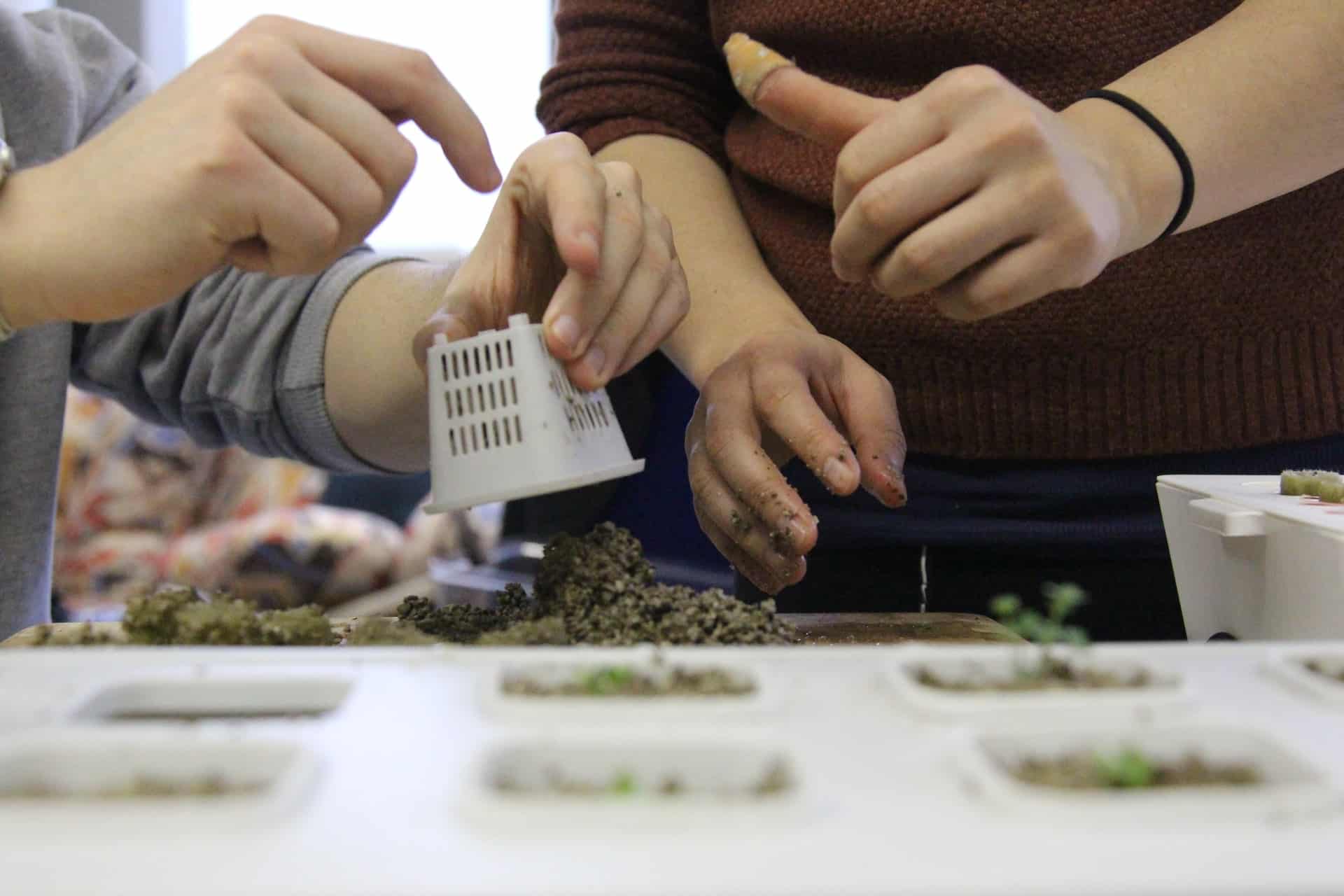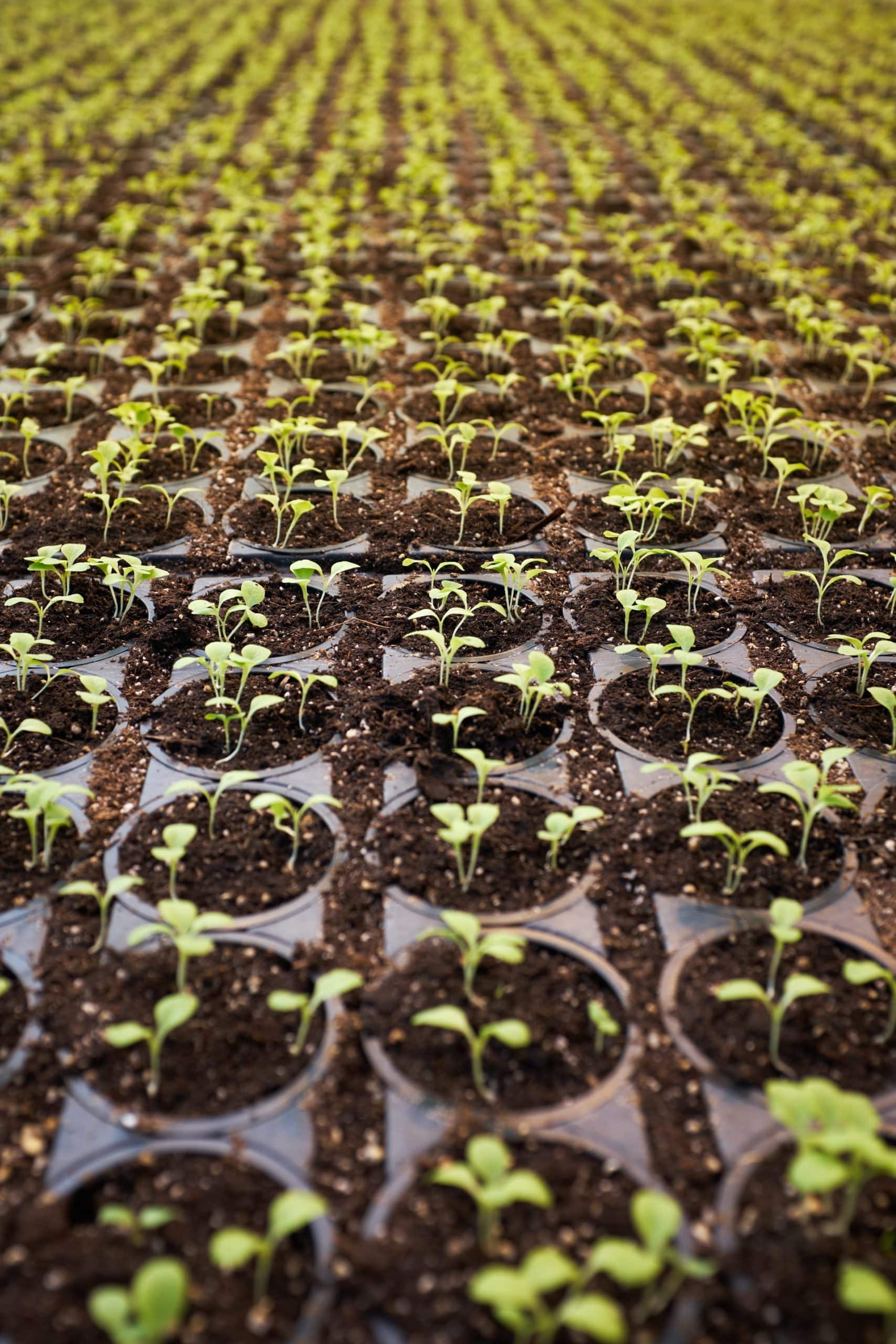Indoor hydroponic systems are growing in popularity and for all the right reasons. After all, most cannabis growers prefer managing plants indoors without the dirt and soil element.
Hence, they prefer a plantation method that discourages soil-based gardening. This is where an indoor hydroponic system can help you significantly in growing your plants, without creating any mess.
IMAGE: UNSPLASH
What Is An Indoor Hydroponic System?
Hydroponic growth focuses on using mineralized water instead of the soil. Rather than digging a hole in the pot and putting in the plant, the roots’ bottom layer delicately immerses in mineralized water.
Above all, the process is immensely useful in plant management and indoor gardening. With a hydroponic system, the burden of having soil, fertilizers, and pots is no longer the gardener’s concern.
Benefits Of Hydroponic Gardening
A few significant benefits of the hydroponically drawn indoor plants include:
- The plants grow 25% faster and give out 25% bigger yields.
- Massive conservation of water as plants absorb much less water. On the other hand, potted plants take gallons of water in one watering session.
- Substantial reduction in pests as the pests stay away from the covered plantation areas.
- Say goodbye to weeds as weeds only grow in soil.
Different Types Of Hydroponics
There are many different types of hydroponics that you can use for managing the plants. Six significant types are as follows:
Deep Water Culture (DWC)
The hydroponic process mentioned above is known as DWC. It is the most commonly used hydroponic system among cannabis growers. In this system, the roots of the plant dip lightly in mineralized water, and absorb nutrients from the water system.
Deep water culture is easy to learn and relatively quickly applicable on your existing setup. Are you looking to change your method of growing? Try a deep water culture system if you are looking to change to hydroponics. A lot of knowledge is available online on this type of growing.
Ebb And Flow (Flood and Drain)
The ebb and flow system is appropriate for plants that cannot immerse in water for long. As the plants’ roots suspend in a semi-sealed medium, mineralized water only flushes into the medium at pre-set timings to allow plants to absorb nutrients.
Ebb and flow is harder to setup and perfect than deep water culture. However, it is easier to maintain once your system is automated and when you found the perfect settings. This system runs itself, but setting it up is fairly difficult and therefore not always recommended by growers online.
Wicking
The age-old idea of using a thread to deliver nutrients is used in a wicking system. In this system, a semi-solid medium holds the plant roots, while the plants get water and nutrients from the wicks.
In the wicking system, you can set the plants in soil. Next, one of the wicks immerses in nutrient-filled water, while the other end of the wick will be in the soil, close to the plant.
Drip
The dripping method assumes that the plant can take relatively continuous exposure to water particles. As a small emitter mists the plant, the plant lightly drenches in the nutrient-filled water at regular intervals.
Dripping is a popular and widely accepted grow method. To get started, you need some specific materials and a steady setup. It is important to be able to control the dripping speed of your system. This way, you will know that dripping occurs on the tempo that is best for your plant.
Aeroponic
In this system, the plant roots are suspended in the air. The mist of nutrient-filled water is sprayed on the plant at scheduled times, so it is similar to Drip systems.
Aeroponic growing is an increasingly popular technique among many growers these days. Find out the best practices for this growing method before you get started. It is very different from the normal methods, so make sure to do your research.
Nutrient Film Technique (NFT)
The NFT involves the plants being placed in a long and two-sided fixture. Then, nutrient-filled water passes from one end of the plant container to another.
These are the main types of hydroponic systems. You can choose the right hydroponic system based on the plant’s needs and requirements.
Conclusion
Every plant has its own texture, and each type of root responds well to a specific type of watering system. For instance, if a plant best responds to the water once a day in mild sprays, the Aeroponic method is the right choice.
If the plants grow best when they are always slightly dipping in water, then Ebb and Flow are ideal. Hydroponic growth is an ideal manner to grow plants indoors because the process involves no dirt and helps plants grow better.
Since it is easy, clean, and involves no dirt, it allows the plant to grow exponentially and yields great results, which is why it is becoming popular.
If you are interested in even more lifestyle-related articles and information from us here at Bit Rebels, then we have a lot to choose from.


COMMENTS